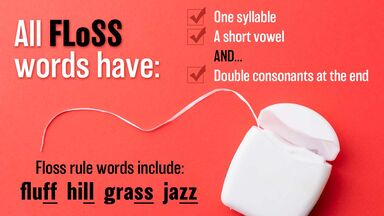Brushing and flossing removes plaque from teeth, and antiseptic mouthwashes kill some of the bacteria that help form plaque.
Flossing once a day helps to prevent gum disease by removing food particles and plaque at and below the gum line, as well as between teeth.
Parents do not need to initiate flossing until the child has teeth that touch each other, which normally occurs in the molar areas first.
Some floss holders have animal and cartoon characters on them, which might make flossing more appealing to a child.
Though brushing and flossing are important, neither should be performed too vigorously.





